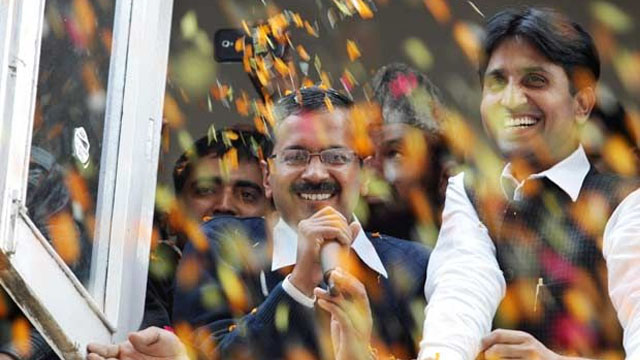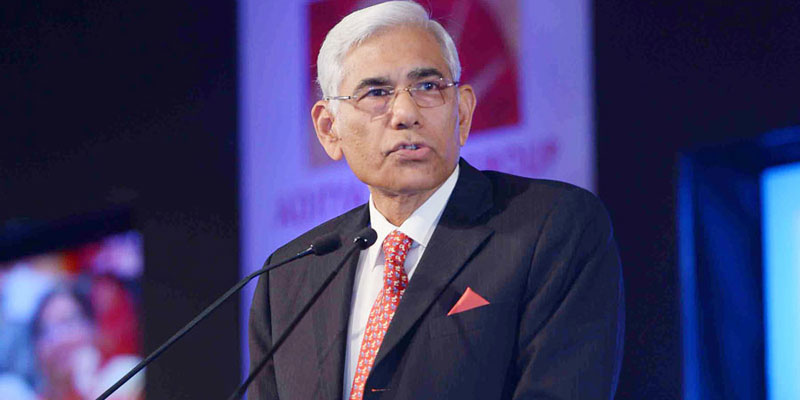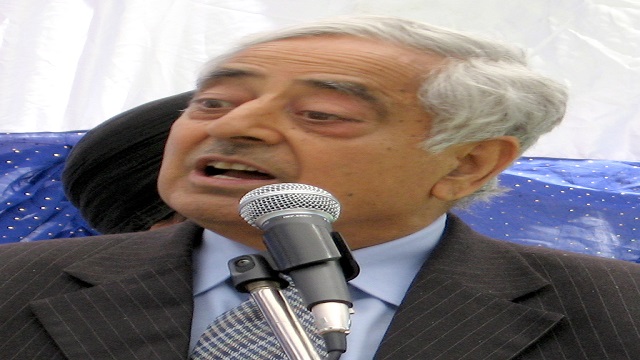The most thrilling part of just finished assembly elections is the new star that has emerged in Arvind Kejriwal and his budding AAP.
The most thrilling part of just finished assembly elections is the new star that has emerged in Arvind Kejriwal and his budding AAP.
In 13 months since October 2, 2012, when it was launched, the Aam Aadmi Party has written an amazing political story. AAP may have come second to BJP in Delhi, but it is evidently this election’s champion by gaining 28 seats and earning roughly 30 percent of the popular vote.
In the course, AAP has raised a number of vital questions. Has it established that there’s room in national politics for an outfit that’s outside the political organization and challenges the thought of business-as-usual? Will AAP entities now rise in other cities and states? If so, how will AAP perform nationally?
The movement that led to AAP’s formation began with the campaign for a Jan Lokpal which had Anna Hazare as its face. Its plank was anti-corruption, Kejriwal was its writer, and it was born in a modest four-room apartment in Kaushambi, Ghaziabad, which was the office for Kejriwal’s NGO named ‘Parivartan’.
Ever since then Anna has decided to stay away from the new political outfit, but in doing so has given way to the control of the movement to Kejriwal.
In 2011, a series of scams hit the headlines — CWG, 2G, Adarsh – which gave the required edge to Kejriwal’s crusade. He joined the support of Anna, lawyer Prashant Bhushan, former-Lokayukta Santosh Hegde and former civil servant Kiran Bedi to draft the Jan Lokpal bill.
The group that was identified as ‘Team Anna’ started its first demonstration on April 5, 2011 with Anna on an indefinite hunger strike in New Delhi. The beginning was devoid of much fanfare but by the third day crowds had multiplied as the public attacked the government for paying no heed to an aged self-styled Gandhian who was all set to die for the country.
The government was forced to form a joint committee to draft a Lokpal bill. The bill itself didn’t go too far, but there was no turning back, as Team Anna’s demand of a different, honest politics lit the flame of idealism in the youth – a group that formed the largest portion of AAP volunteers in this election.
The fame of Anna’s fast in August 2011, resulting in a confused government incompetent and bunging Anna in prison, forced the government to not only hold a special Parliament session for passing the Lokpal Bill, but also uncovered how all political parties were hand-in-glove in rejecting the bill.
Simultaneously, it gave birth to an exceptional hopefulness among the supporters of the movement. It produced a momentum that didn’t stop in spite of reports of differences among Team Anna members. In July 2012, after yet another fast, Kejriwal declared that they would fight elections. The Aam Aadmi Party was proclaimed October 2, 2012, after a particularly harmful divide with Anna who in public reprimanded the group.
Faced with two deeply well-established players in Delhi, AAP climbed a stunning campaign. It used a argumentative plan (auto-rickshaw slogans stated Kejriwal as ‘imandaar’, Sheila Dikshit as ‘beimaan’), carried out rigorous door-to door campaigning, listed major issues in all 70 seats, and used the social media to design the campaign.
AAP pledged to cut power and water rates. BJP was forced to chase their lead and make similar promises. It promised to present an honest government. BJP was forced to throw away Vijay Goel because of his problematic repute.
All this may have pulled the youth and parts of the middle class. But AAP’s huge victory rest in that it was able to reach out to the city’s disadvantaged, those in shanties, struggling hard to earning a living. Record high inflation probably helped AAP to bond with this section by appearing to listen to their problems and giving assurances to address them. And its appeal also received great support of middle and upper middle class Delhi also.
Many stings were carried out against AAP members; it was obvious that it was being taken critically as a rival by the political establishment. And by the time this Sunday was out, Rahul Gandhiand BJP leaders were surrendering that there was much to learn from the AAP performance.
A political beginner, Kejriwal not just overpowered three-term Chief Minister Shiela Dikshit in her own constituency but his party was just short of the BJP score both in terms of the popular vote and seats. He god this achievement in only one year, something that has never been seen in independent India’s history except for in 1983 when the newly formed N T Rama Rao-led Telugu Desam Party crushed Congress in nine months. What is more, Kejriwal did this without the big bucks.
Obviously the AAP vote has cut across castes, classes and communities and its entrants have consistently won from middle class colonies plus from slums. As the AAP is a receiver of the current temper in urban India, its surfacing could mean the beginning of the end of politics based on caste and community lines in the last two decades.
Pessimists might dismiss the AAP’s role outside the capital, although it has by now set up entities in over 300 districts. So as the Congress is down — perhaps even out — as much as 2014 is concerned, the Delhi election can catalyse the creation of a new force countrywide, which may well potentially impede the Modi in its tracks. This could sound like wishful thoughts, but ground level changes are happening in the country, leaded by the youth.
The AAP may perhaps decide to pitch many contenders for the parliamentary elections. It can finish up creating a mood against both the Congress and BJP in many places, in the procedure helping ‘third’ parties or their conglomerates.





